Car enthusiasts looking to buy an imported Japanese car or truck likely experienced a roller coaster of emotions yesterday. As the Trump administration rolls out its tariffs the news seemed to vacillate between very good and very bad for JDM vehicle buyers, and at the end of the day the result is still not 100 percent clear, but most likely landing on the “bad” side.
To recap, it turns out we jumped the gun last week when the Trump administration announced a 25 percent tariff on imported cars and auto parts to go into effect April 2. Though the intent of the tariffs was to penalize new cars not manufactured in the US, the wording was vague enough that it could be interpreted to apply to used cars as well. However, experts agreed that the 25 percent would be on top of the existing 2.5 percent on passenger cars and the existing 25 percent on light trucks, so 27.5 and 50 percent total, respectivelly.
On April 2 the administration published the entirety of its auto tariff “adjustment” in the federal register. The wording can be confusing, but the following section is essentially exempting certain categories of vehicles:
Heading 9903.94.04 applies to all entries of passenger vehicles (sedans, sport utility vehicles, crossover utility vehicles, minivans, and cargo vans) and light trucks from all countries classifiable in the headings or subheadings enumerated in subdivision (b) of this note that were manufactured in a year at least 25 years prior to the year of the date of entry.
As you can see, vehicles 25 years or older, as calculated by the date it lands on US soil, are free from the 25 percent tariff announced last week.
Enthusiasts rejoiced, but the happiness was short-lived. A few hours later President Trump, using the International Emergency Economic Powers Act, announced another tariff of 24 percent on all products coming from Japan. Unfortunately, IEEPA tariff is independent of the auto tariff quoted above, so the 25-year exemption does not apply.
Additionally, there is some weirdness depending on when your car actually arrives in the US. The best breakdown we’ve seen comes from EasyISF, a company that deals with the US Customs and Border Protection agency’s Importer Security Filings:
Duties for vehicles that are or have been loaded on the vessel at the port of lading before April 5th at 12:01 AM will remain under the old duty rates:
- 2.5% for passenger cars
- 25% for trucks and cargo vehicles
Vehicles being loaded after April 5 @ 12:01 AM (EDT) but before April 9 @ 12:01 AM (EDT):
- Passenger cars: 2.5% base + 10% = 12.5% total
- Trucks/cargo vans: 25% base + 10% = 35% total
Vehicles being loaded on or after April 9 @ 12:01 AM (EDT):
- Passenger cars: 2.5% base + 24% = 26.5% total
- Trucks/cargo vans: 25% base + 24% = 49% total
So if your car or truck is landing in the next two days, you’re in luck. We suppose 26.5 percent on passenger cars is better than the 27.5 percent we thought it was going to be last week, but not by much.
Of course, as some readers pointed out, the effect on JDM cars is not going to impact people as much as the sudden spike in costs for OEM parts for the Japanese cars already in people’s garages. Those cars are going to need new parts to stay on the road, and most restorers definitely prefer OEM parts that are made in Japan, or in factories that have met the OEM’s quality standards.



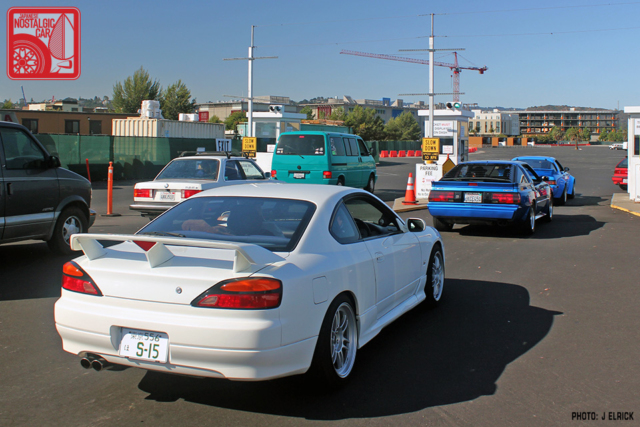

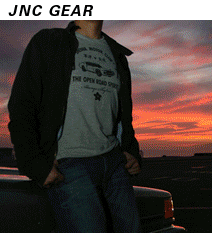
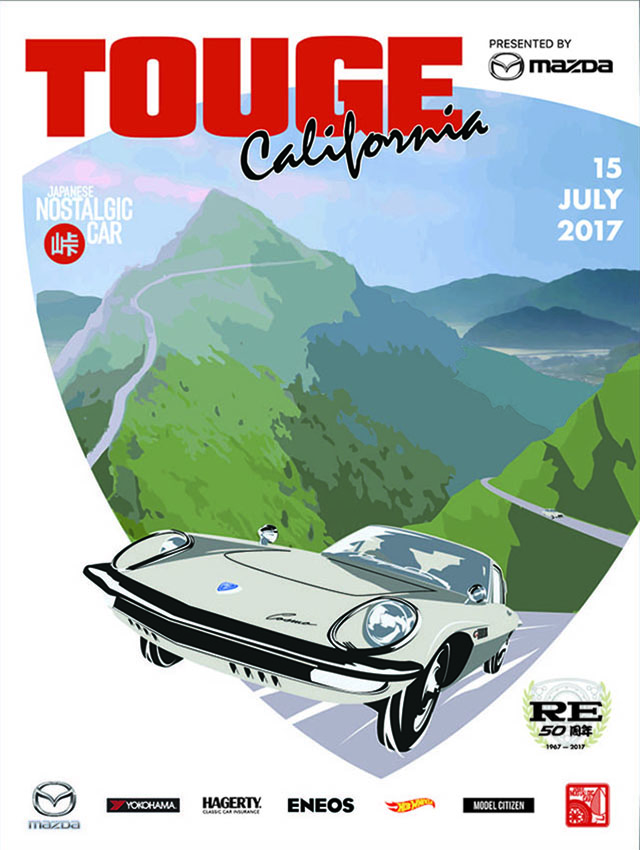
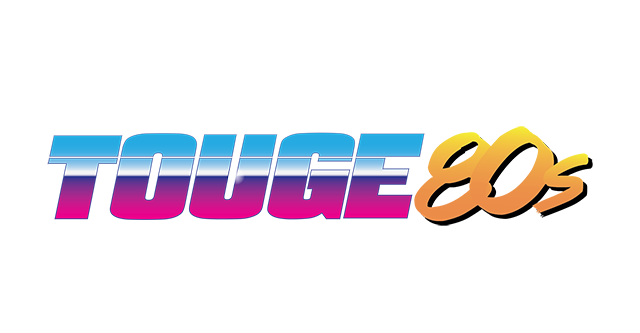
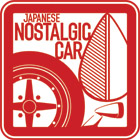
From what I’ve read with the Executive Order, the reciprocal tariffs will not be part of the auto tariffs.
Section 3.B >
https://www.whitehouse.gov/presidential-actions/2025/04/regulating-imports-with-a-reciprocal-tariff-to-rectify-trade-practices-that-contribute-to-large-and-persistent-annual-united-states-goods-trade-deficits/
So, if Trump US and its roads were ending up behaving / looking like South Korea, the latter is deeply notable as one market (in the world) that neither shows nor accepts Japanese cars (on South Korean soil), then if one wealthy folk from / in United States for ex. (especially who haisl from Red states) were to jest itself on the recently-announced Trump tarrifs by rejecting a love affair towards JDM (Japanese) cars in favor of those vehicles that are instead well-neglected by American eyes such as European (mainly from France via Renault Group plus Dacia of Romania and former PSA Peugeot Citroen and Italy via former Fiat SpA later Fiat Chrysler Automobiles) so in that case the same folk would instead move to somewhere abroad where there are such a presence of these Gallic cars and their Roman siblings there. I mean while these French and Italian cars have major significances in their ancestral / home market (Europe) and North Africa, mainly in Morocco and Egypt, each / half of them (Gallic and Roman cars) too are even present yet sometimes significant in that of Japan, Australia (sometimes New Zealand / NZ), Argentina or even others – mainly Thailand and Malaysia as the latter is where Stellantis currently has a headquarters there. (Especially thanks to growth and expansion of South Korean-developed programs / contents overseas means that half of the people worldwide may even begin to learn from them by not shopping for Japanese autos in fsvor of copying the lifestyles of South Koreans from expectation to reality, that means each of these SK folks own mostly or only European autos instead.)
There would have been no way or right to express about the quality or anything to review / say about those aforementioned Gallic autos and their Roman sisters, just as the sayings would have been gone to “if it ain’t broke then don’t fix it” and Nike’s “Just Do It”, therefore as France and Italy’s automobiles would have been little or not affected by Trump’s reciprocal tarrifs – as Renault (plus Dacia) is absent in America (but Nissan and Mitsubishi Motors are still there) just as the rest of the former PSA group (mostly Peugeot for ex.) hasn’t been marketing stateside since 1991 for examples – then while the impact of that (tarrifs I mean) would affect that of parts for Japanese vehicles (as well South Korean Hyundai / Kia) since they have more sales on American soil, the signs of mental and spiritual comfortability towards those French and Italian vehicles in the face of Trump tarrifs may also be considered as embracing these kind of (Euro) autos would have sense of security than Japanese and South Korean autos. (Considering how none of them sell nor station in one’s markets, hence the logic, no Japanese autos in ROK / Republic of Korea means no Hyundai and no Kia in Japan.)
Bottomline, if only Toyota and Honda (as well as Nissan, Mazda, Subaru and even Mitsubishi) were rather depending less on US market in favor of one that each of these (Japanese carmakers) haven’t written or seen much in its memory, mainly Europe plus Nordic countries – which also contains Iceland, UK aka Brexit Britain, Ireland, Malta and Cyprus, then there’s only one solution for that, and while that may have Toyota and Honda to join forces with each other (likewise it would only have Honda meet the same fate as Humber and Singer later Rootes and Chrysler UK) Toyonda (Toyota and Honda) would attempt to acquire shares in Renault Group and Stellantis just as this Japanese-European automotive Quadruple Entente would instead put an end on German domination too.., (And that’s all, best wishes…)
Australia, Canada, and other countries less targeted by these tariffs might develop services consisting of receiving and registering 25 years old cars, then exporting them to the US to save on cost. It will add to the total spent by the buyer, but it could come to less than 24% extra?
But it adds an other layer of incertainty. By having your car registered by a third party in an other country, who knows if the car would get additional mileage, damage or even simply disappear…
Things could be easier to fudge if cars are simply taxed by the origin of the cargo, by dropping them off in Australia and then reloading them on the ship, but I expect the DOT to verify where the vehicle was last registered when the time comes to register.